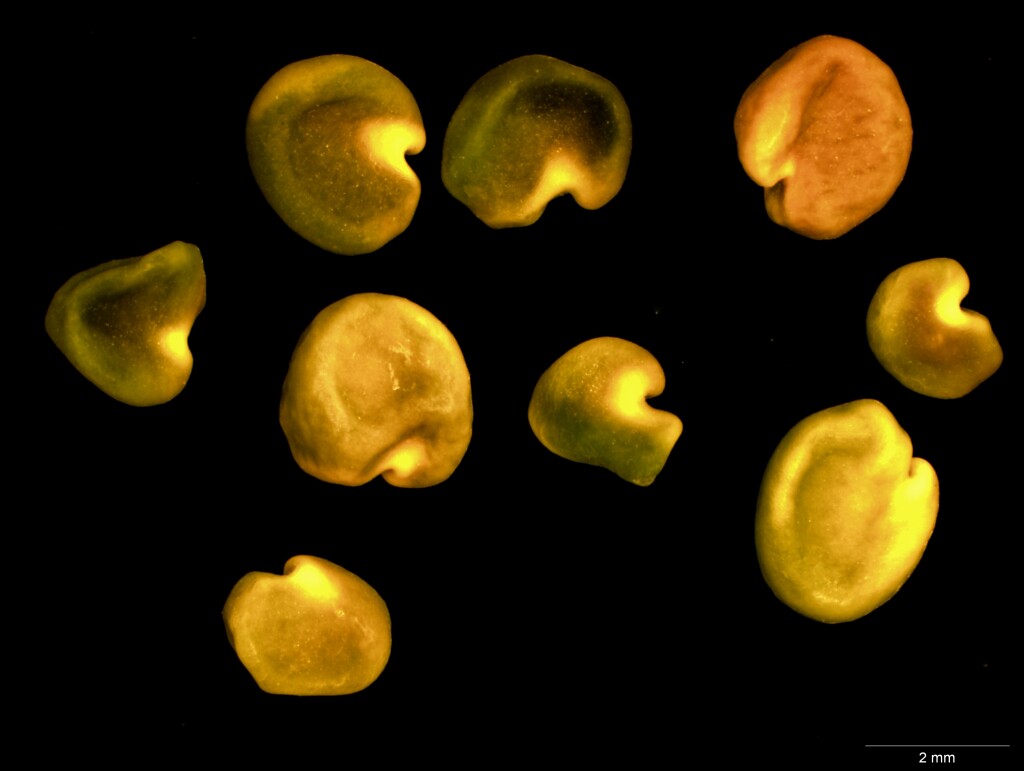Prostrate or ascending perennial herb, to 15 cm tall; stems glabrous or sparsely covered with appressed or loosely antrorse, basifixed or subbasifixed hairs. Leaves mostly 5–12 cm long; leaflets 13–25, narrow-obovate to narrow-lanceolate, leaflets 10–17 mm long, 1–4 mm wide, apices acute to obtuse, upper surface glabrous, lower surface with scattered hairs; stipules broad-ovate, 5–9 mm long, oblique, margins erose or sometimes minutely toothed. Racemes 2–5-flowered; flowers mostly 10–15 mm long; calyx more or less glabrous, teeth longer than tube; petals reddish-purple; standard 12–15 mm long, 10–20 mm wide, broad-ovate, almost truncate, shortly clawed; keel 9–10 mm long, strongly twisted near centre, apex projecting upward, acute; style tip straight, with a ridge of hairs below. Pod ovoid to obloid, 15–25 mm long, 8–10 mm wide, inflated, curved, pubescent, stipe to c. 0.5 mm long; seeds to c. 20, reniform, to c. 3.5 mm long, brown. Flowers Aug.–Nov.
MuM, Wim, VRiv, NIS. Also NSW. Rare species, apparently restricted to a few sites in north-central Victoria (mostly between Bendigo and the Murray River) where it grows in grassland on heavy red soils and is now almost confined to roadside remnants.


